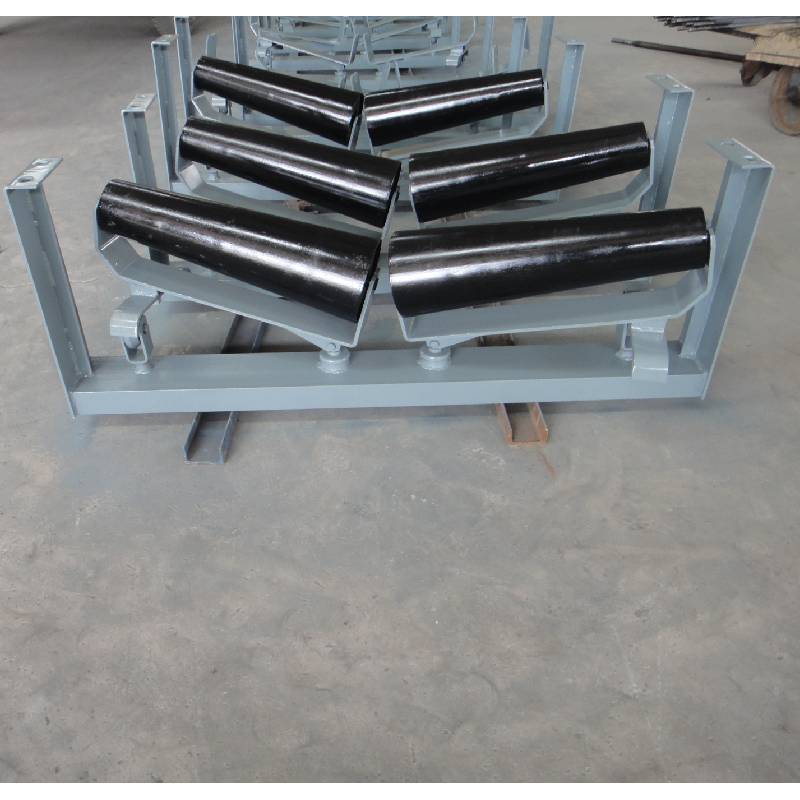 Afrikaans
Afrikaans  Albanian
Albanian  Amharic
Amharic  Arabic
Arabic  Armenian
Armenian  Azerbaijani
Azerbaijani  Basque
Basque  Belarusian
Belarusian  Bengali
Bengali  Bosnian
Bosnian  Bulgarian
Bulgarian  Catalan
Catalan  Cebuano
Cebuano  Corsican
Corsican  Croatian
Croatian  Czech
Czech  Danish
Danish  Dutch
Dutch  English
English  Esperanto
Esperanto  Estonian
Estonian  Finnish
Finnish  French
French  Frisian
Frisian  Galician
Galician  Georgian
Georgian  German
German  Greek
Greek  Gujarati
Gujarati  Haitian Creole
Haitian Creole  hausa
hausa  hawaiian
hawaiian  Hebrew
Hebrew  Hindi
Hindi  Miao
Miao  Hungarian
Hungarian  Icelandic
Icelandic  igbo
igbo  Indonesian
Indonesian  irish
irish  Italian
Italian  Japanese
Japanese  Javanese
Javanese  Kannada
Kannada  kazakh
kazakh  Khmer
Khmer  Rwandese
Rwandese  Korean
Korean  Kurdish
Kurdish  Kyrgyz
Kyrgyz  Lao
Lao  Latin
Latin  Latvian
Latvian  Lithuanian
Lithuanian  Luxembourgish
Luxembourgish  Macedonian
Macedonian  Malgashi
Malgashi  Malay
Malay  Malayalam
Malayalam  Maltese
Maltese  Maori
Maori  Marathi
Marathi  Mongolian
Mongolian  Myanmar
Myanmar  Nepali
Nepali  Norwegian
Norwegian  Norwegian
Norwegian  Occitan
Occitan  Pashto
Pashto  Persian
Persian  Polish
Polish  Portuguese
Portuguese  Punjabi
Punjabi  Romanian
Romanian  Russian
Russian  Samoan
Samoan  Scottish Gaelic
Scottish Gaelic  Serbian
Serbian  Sesotho
Sesotho  Shona
Shona  Sindhi
Sindhi  Sinhala
Sinhala  Slovak
Slovak  Slovenian
Slovenian  Somali
Somali  Spanish
Spanish  Sundanese
Sundanese  Swahili
Swahili  Swedish
Swedish  Tagalog
Tagalog  Tajik
Tajik  Tamil
Tamil  Tatar
Tatar  Telugu
Telugu  Thai
Thai  Turkish
Turkish  Turkmen
Turkmen  Ukrainian
Ukrainian  Urdu
Urdu  Uighur
Uighur  Uzbek
Uzbek  Vietnamese
Vietnamese  Welsh
Welsh  Bantu
Bantu  Yiddish
Yiddish  Yoruba
Yoruba  Zulu
Zulu Understanding the Function and Importance of Conveyor Snub Pulleys in Material Handling Systems
The Importance of Conveyor Snub Pulleys in Material Handling Systems
Conveyor snub pulleys are crucial components in material handling systems, playing a vital role in the optimal performance of conveyors. These specialized pulleys are designed to improve the efficiency of conveyor belts by enhancing belt tension, adjusting belt alignment, and ensuring the consistent operation of the entire system. In this article, we will explore the significance of conveyor snub pulleys, their various applications, and best practices for their operation and maintenance.
Understanding Snub Pulleys
A snub pulley is typically positioned at an angle to the main conveyor pulley. This design allows it to exert a necessary tension on the belt, improving the grip between the belt and the drive pulley, which is essential for proper power transmission. By increasing the contact area between the belt and the drive pulley, snub pulleys help to prevent slippage, especially under heavy loads or variable operating conditions.
Applications of Snub Pulleys
Snub pulleys have a wide range of applications across different industries. They are commonly used in
1. Mining and Quarrying In environments where heavy materials are transported, snub pulleys enable the effective management of tension in conveyor systems, ensuring that the equipment can handle the load without failure.
2. Food Processing In food manufacturing, snub pulleys help maintain the integrity of conveyor belts that transport edible products, reducing the risk of contamination and ensuring smooth operation.
3. Manufacturing Plants Production lines often rely on conveyor systems to move materials efficiently. Snub pulleys enhance the performance of these systems, facilitating the fast and reliable transport of products from one stage of manufacturing to another.
4. Logistics and Warehousing With the rise of automation in logistics, snub pulleys play a vital role in the efficient movement of goods within warehouses, ensuring that conveyor systems function smoothly even under the pressure of high throughput.
Benefits of Using Snub Pulleys
The installation of snub pulleys in a conveyor system offers several benefits
conveyor snub pulley

- Improved Performance By optimizing belt tension, snub pulleys enhance the overall performance of the conveyor, reducing the likelihood of equipment failure and downtime.
- Reduced Wear and Tear Consistent belt tension minimizes the wear on the conveyor belt and associated components, extending their lifespan and reducing replacement costs.
- Increased Safety Properly tensioned belts are less likely to slip or misalign, which helps prevent accidents and ensures a safer working environment
.- Cost Efficiency By reducing maintenance needs and enhancing the lifespan of equipment, snub pulleys contribute to lower operational costs for businesses.
Best Practices for Operation and Maintenance
To maximize the benefits of snub pulleys, operators should adhere to several best practices
1. Regular Inspections Routine checks should be conducted to identify signs of wear or misalignment. Early detection allows for timely repairs before extensive damage occurs.
2. Proper Alignment Ensuring that the snub pulley is correctly aligned with the conveyor system prevents additional strain on components and enhances operational efficiency.
3. Lubrication Keeping snub pulleys well-lubricated reduces friction and wear, which is crucial for maintaining smooth operation and preventing premature failure.
4. Training Providing adequate training for operators regarding the function of snub pulleys and proper maintenance procedures can help in optimizing their performance.
Conclusion
In summary, conveyor snub pulleys play an essential role in the efficient operation of material handling systems. By improving belt tension and alignment, they contribute significantly to the reliability and performance of conveyor systems across various industries. By adhering to best practices in maintenance and operation, businesses can ensure that their conveyor systems run smoothly, ultimately enhancing productivity and reducing operational costs.
-
Revolutionizing Conveyor Reliability with Advanced Rubber Lagging PulleysNewsJul.22,2025
-
Powering Precision and Durability with Expert Manufacturers of Conveyor ComponentsNewsJul.22,2025
-
Optimizing Conveyor Systems with Advanced Conveyor AccessoriesNewsJul.22,2025
-
Maximize Conveyor Efficiency with Quality Conveyor Idler PulleysNewsJul.22,2025
-
Future-Proof Your Conveyor System with High-Performance Polyurethane RollerNewsJul.22,2025
-
Driving Efficiency Forward with Quality Idlers and RollersNewsJul.22,2025





























